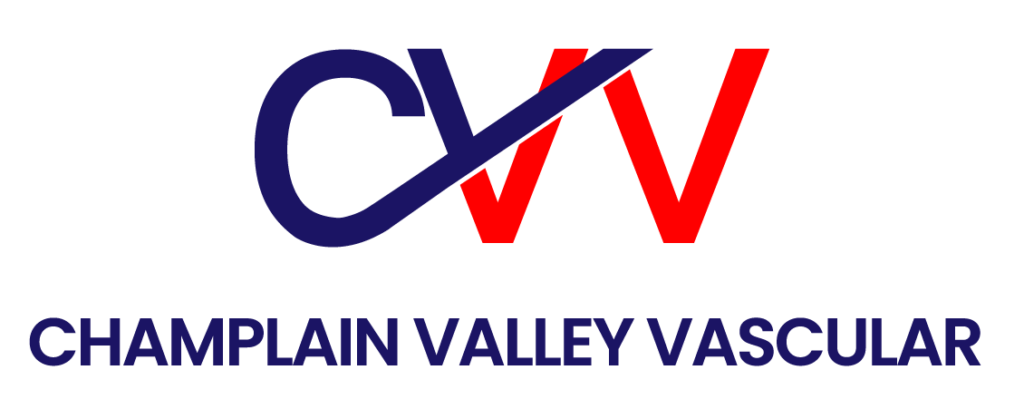An aspirin (or statin) a day helps keep the doctor away
If you’ve been diagnosed with peripheral vascular disease, your doctor may have suggested you take a daily low-dose aspirin or may have prescribed a statin—a cholesterol-lowering drug. If he or she hasn’t, you may wish to talk with them about one or both options. Here’s why.
Both aspirin and statins offer clinically proven benefits for those with vascular disease. They can help halt the progression of your disease, and in some cases, even reverse it. If intervention—in the form of a surgical or a minimally invasive procedure—is needed, they can actually help improve the outcome of the procedure.
Aspirin is an antiplatelet, which prevents platelets within your blood from clumping together and forming clots. In turn, this helps prevent clots from blocking narrowed blood vessels, ensuring improved blood flow to the heart and extremities.
Recently, a retrospective study conducted at the Cleveland Clinic showed that low-dose daily aspirin slows the growth of abdominal aortic aneurysms.1 It has been shown to reduce the rate of heart attacks and strokes in patients with vascular disease and can reduce the need for vascular surgery in the future.
Aspirin is inexpensive, costing just pennies a day for a generic enteric coated 81 mg tablet. However, taking aspirin can have risks, including internal bleeding (hemorrhage). Additionally, some people are considered aspirin-resistant and may not derive the benefits of taking a low-dose aspirin daily. Others find aspirin difficult to take because it can cause stomach or gastrointestinal upset. Therefore, it is important to talk with your doctor before starting an aspirin regimen.
Statins are a class of prescription drugs that reduce the amount of cholesterol the liver produces and help to remove cholesterol from the blood. They have been shown to slow the progression of vascular disease and arterial stiffness.2 Statins can stabilize and even regress (reverse) atherosclerotic lesions (buildups of fatty deposits that narrow the blood vessels) and reduce vascular inflammation in patients with PAD.3
Although generally safe, statins can also have adverse effects, such as livery injury, frailty, memory loss and myalgias, especially in those over 75.4 More common and less dangerous side effects may include muscle aches, nausea and dizziness.
Finally, by stabilizing atherosclerotic plaques, decreasing blood vessel inflammation and contributing to better overall vascular function, taking aspirin or statins can significantly improve the outcomes of vascular procedures.
If you have vascular disease, consider the importance of these medications for your long-term health. If you’ve been advised to take aspirin, make sure that you do! And if you haven’t, talk to your doctor or call us for a consultation on the best preventive measures for your unique condition.
References
- Essa Hariri, MD, MSc et al. Antiplatelet Therapy, Abdominal Aortic Aneurysm Progression, and Clinical Outcomes Cardiology December 12, 2023 2023;6[12]:e2347296)
- Yan-Feng Zhou, PhD et al. Association Between Statin Use and Progression of Arterial Stiffness Among Adults With High Atherosclerotic Risk Cardiology June 17, 2022
- Dr. Irina Crismaru et al. Lipid-lowering therapy in patients with peripheral artery disease. An article from the e-journal of the ESC Council for Cardiology Practice Vol. 13, No. 31-15 Sep 2015
- Yuqi Guo et al. Assessing the effectiveness of statin therapy for alleviating cerebral small vessel disease progression in people =/> 75 years of age. BMC Geriatr. 2020 Aug 17;20:292.

